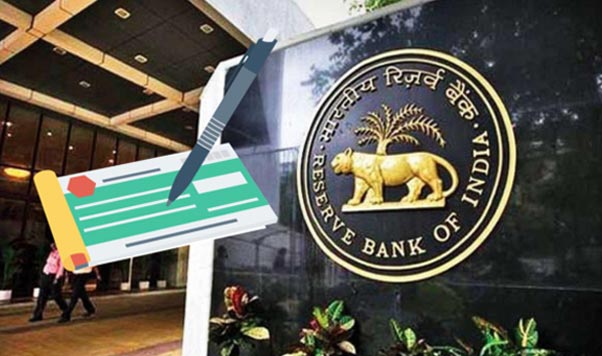New Cheque Truncation System (CTS) Requirements in the Indian Banking Sector
Updated On : March 2021
The Reserve Bank of India (RBI) recently made it mandatory for all banks to implement Cheque Truncation System (CTS) in all their branches across the country by September 30, 2021. This is expected to bring in operational efficiency in paper-based clearing and make the process of settlement of cheques faster in the country.
The Cheque Truncation System (CTS) is the process where instead of physically sending a cheque issued by a drawer, an electronic image of the cheque is transmitted to the paying branch through a clearinghouse, along with relevant information like date of presentation, presenting bank and date on the MICR band. This makes the whole process of cheque clearing faster and also eliminates the cost of physically moving cheques.
The Cheque Truncation System (CTS) has been in use since 2010 and currently extends to around 1,50,000 branches. The 1,219 former non-CTS clearing houses (ECCS centres) were migrated to CTS from September 2020.
However, at the first Monetary Policy meeting after the Union Budget 2021, the Reserve Bank of India (RBI) Governor Shaktikanta Das, stated that there are branches of several banks that did not have any formal clearing arrangement and their customers face a lot of inconveniences and hardships because of the longer time taken for clearing and the cost involved in collection of cheques presented by them.
To further improve the process, by speeding and fool proofing the payments and settlement systems, the RBI in March proposed to bring all the 18,000-odd branches which are still outside the centralized clearing system, under CTS. The RBI’s directive to the banks stated that they have to ensure that all their branches participate in image-based CTS under respective grids by September 30, 2021.
The banks circular also stated that they can adopt a model of their choice, like deploying suitable infrastructure in the branches or following a hub & spoke model, etc. and concerned banks shall coordinate with the respective Regional Offices of RBI to operationalize this. The banks will have to prepare a roadmap to achieve pan-India coverage of CTS and submit a status report to RBI before April 30.
Despite very efficient products and services offered like RTGS (real-time gross settlement) and NEFT (national electronic funds transfer), that facilitate inter-bank and customer payments online and in near-real time, cheques continue to be a prominent mode of payment in the country and hence, RBI decided to concentrate on improving the efficiency of the cheque clearing cycle.
Some of the significant benefits of CTS are
- Having all bank branches in the country covered under the CTS, will enhance customer convenience and bring operational efficiency to the paper-based clearing system.
- CTS offers various benefits like human resource rationalization, business process re-engineering, cost-effectiveness, adoption of the latest technology, to banks as well as customers.
- Without the physical movement of cheques, CTS brings down the cost, time, and manpower required in the entire process of physical cheques collection. Customers also benefit from an extended cut-off time for acceptance of customer cheques by banks.
- There are no logistics-related issues and the possibility of cheques misplaced in transit is eliminated, bringing down risks of operation and risks associated with paper clearing.
- CTS resulted in the consolidation of multiple clearing locations of different banks with different service levels into one standard clearing system with uniform processes and practices, all across the country. This lessened the investment in MICR machines and related AMC costs and thus reduced operational overhead costs. This also eliminated clearing differences and reconciliation issues on the inter-operational front and customers could enjoy faster, better, and seamless services at lower charges.
- There is no risk of manipulation of data and images during transit with the digital signature/encryption.
- CTS cheques have more security features like watermarks and the bank’s logo printed in special ink that’s visible only under UV scanners. These security features ensure uniformity across cheques and also help in reducing frauds.
While RTGS, NEFT, and IMPS were game-changers for the banking industry predominantly in the urban areas, cheques continue to be a prominent mode of payment for both rural and urban India. Hence, the RBI’s CTS process encompassing all the branches of all the banks in the country is a great move towards Digital India and will bring remarkable changes to the banking industry.
Nelito’s FincraftTM Cheque Truncation System is already integrated with NPCI and we can help banks meet the deadlines of September 30th set by RBI. For more details visit https://www.nelito.com/digital-banking/cheque-truncation-system.html


Comments :